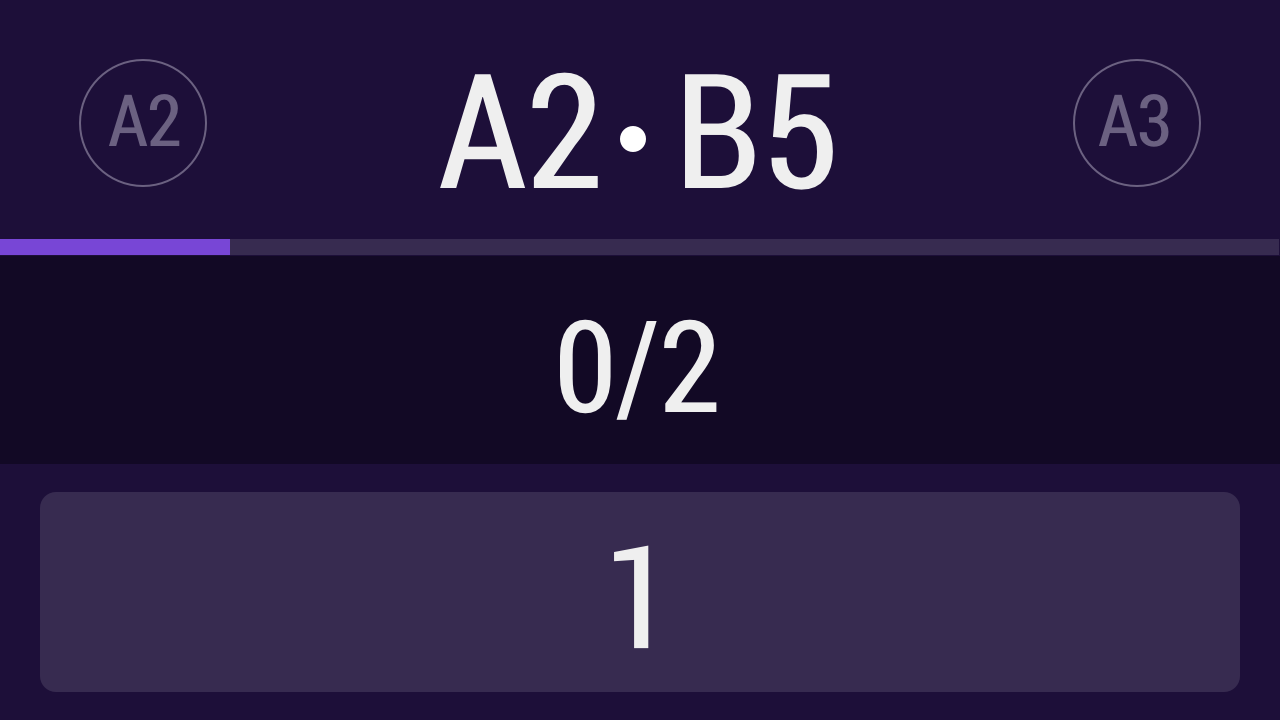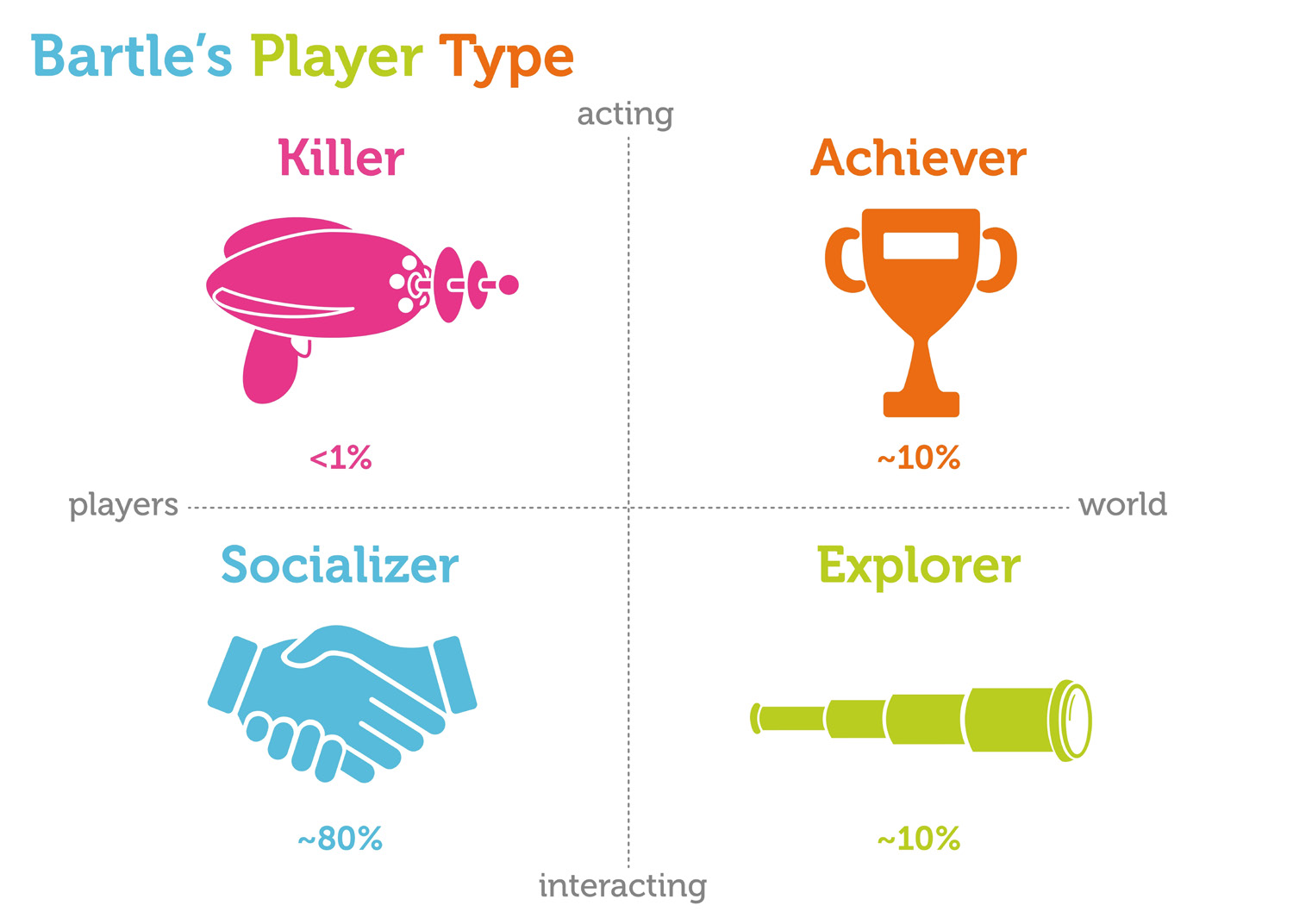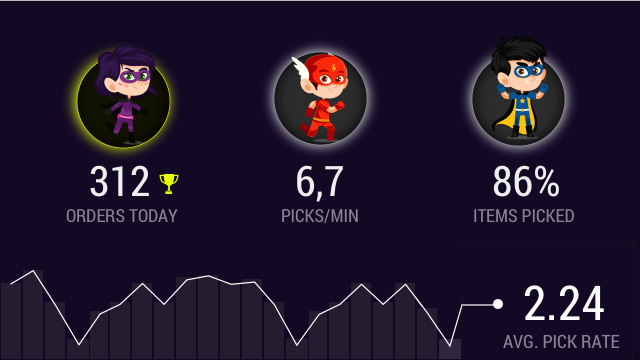Gamifying the picking process
Gamification can be used as a means of motivating personnel and align goals within the company. In this post, we will examine how it can be applied in the warehouse picking process and look at how we have incorporated gamification into our vision picking solution Readii.
We talked about gamification and its ability to present clearer goals, provide better feedback and create motivation within the team in our previous post. Below we will discuss how to implement gamification in a real process and present some of the things we have incorporated into our smart glass picking solution from the gamification theory. Why not use some of it as inspiration and incorporate it into your business?
Gamifying the warehouse picking process
Initially, when it comes to gamification, there are some parameters that are essential for the gamification process to be successful. Measurability and continuity are two examples of important parameters and luckily for us, they are easily accessible in the warehouse picking process.
The warehouse picking process is well suited for gamification due to the great measurability of the different elements in the process. In addition, there are often well-defined goals to be met during each day and week.
Another important aspect to consider is what is missing in the systems today. The most common part that is lacking in the picking process is great feedback, but also ways of motivating employees and keep them motivated. We will focus on three areas in the project of adding gamification to the picking process.
Adding feedback
As stated above, the warehouse picking process is a great place to add gamification. To start, there is much to gain by sharing the already well-defined goals with all employees. The goals serve as markers of feedback for their daily strive. Goals can be described in different levels and smaller, reachable, goals are often more motivating than large and really challenging ones. It, therefore, may serve the motivation well to illustrate goals on different levels.
For example, the daily goal is a big one and is dependent on the effort collected by the whole team and can feel hard to affect while every individual’s performance on every single order pick is something they can control. To show how much has been done and how much there is left on all different levels makes employees feel in control and leaves them to take responsibility for their own work.
 Readii screenshot
Readii screenshot
As well as breaking down the goals, feedback may come in different ways. In our picking solution, we have created feedback that serves in several modalities, both visually and by hearing. A progress bar, as in the above screenshot, is a great tool to illustrate how much has been done and how much there is left to do before a picking round is finished. The visual feedback makes it easy to get an overview of work status.
Auditive feedback is a quick way of providing feedback and is used in Readii to support the picker in their process of collecting items. It signals the user if the correct or incorrect items are picked, something that makes them able to correct mistakes fast and effortless.
All feedback needs to be easily accessed and understood. As well as getting continuous feedback in different modalities during each picking round, we have created an overview with individual performance data that is displayed to the employee after every batch is completed. The individual performance data makes it able to compare individual performance with previous work and supports the employee in their strive for progress and development.
If you don’t know how you are performing there is no way to improve your performance.
By getting feedback on performance, motivation is increased and engagement is amplified. Persistence increase by continuously getting real-time input on how much that has to be done before your work is complete.
Creating a strong team
As we talked about in the above section, it is important to have elements that motivate users on an individual level as well as on a team level. They are different types of motivators that affect the user in different ways.
Adding to this, there are different kinds of player types that are motivated by different kinds of games. Although, most are motivated by the social elements in games.
 Source: Gamification at Work
Source: Gamification at Work
The picking process is, in fact, a collective game in its roots and collaboration is key to reach set goals. Using supportive and collective game elements in the process will strengthen the emotional connection to both colleagues and towards the collective goals to be met. For example, by displaying team effort for everyone to see, the team will get a sense of how important their combined effort is.
Collecting titles
To add battles and challenges into the gamified picking process is almost obligatory, after all - it is gamification we are talking about. Those who are motivated by achievement and by beating others in games will be motivated by collecting titles and/or badges displayed on a leaderboard. Others, driven by their own sense of accomplishment will merely be satisfied by the knowledge that they are improving as individuals and proud of their collections without having to display them.
In our picking solution, we have created characters symbolizing different skills, such as the fastest picker, the most meticulous one and the one who has collected the largest amount of orders. These are displayed on a large screen in the warehouse, available for everyone too see and thereby to beat, eliciting a motivational feeling in the team for those who are competitive.
 Readii screenshot
Readii screenshot
The employee gets the same information presented to them in their glasses, although personalized, to be able to compare their own work with the work of their colleagues as well as with their own previous performance. It makes them able to calculate what is needed to get one of those titles on the big screen and potentially grab it from someone else. The game is on!
References:
Burke, B. (2014). Gamify – How gamification motivates people to do extraordinary things. Bibliomotion.
Kumar, J. & Herger, M. (2013). Gamification at work: Designing engaging business software. The Interaction Design Foundation.
Werbach, K. & Hunter, D. (2012). For the win – how game thinking can revolutionize your business. Wharton.
